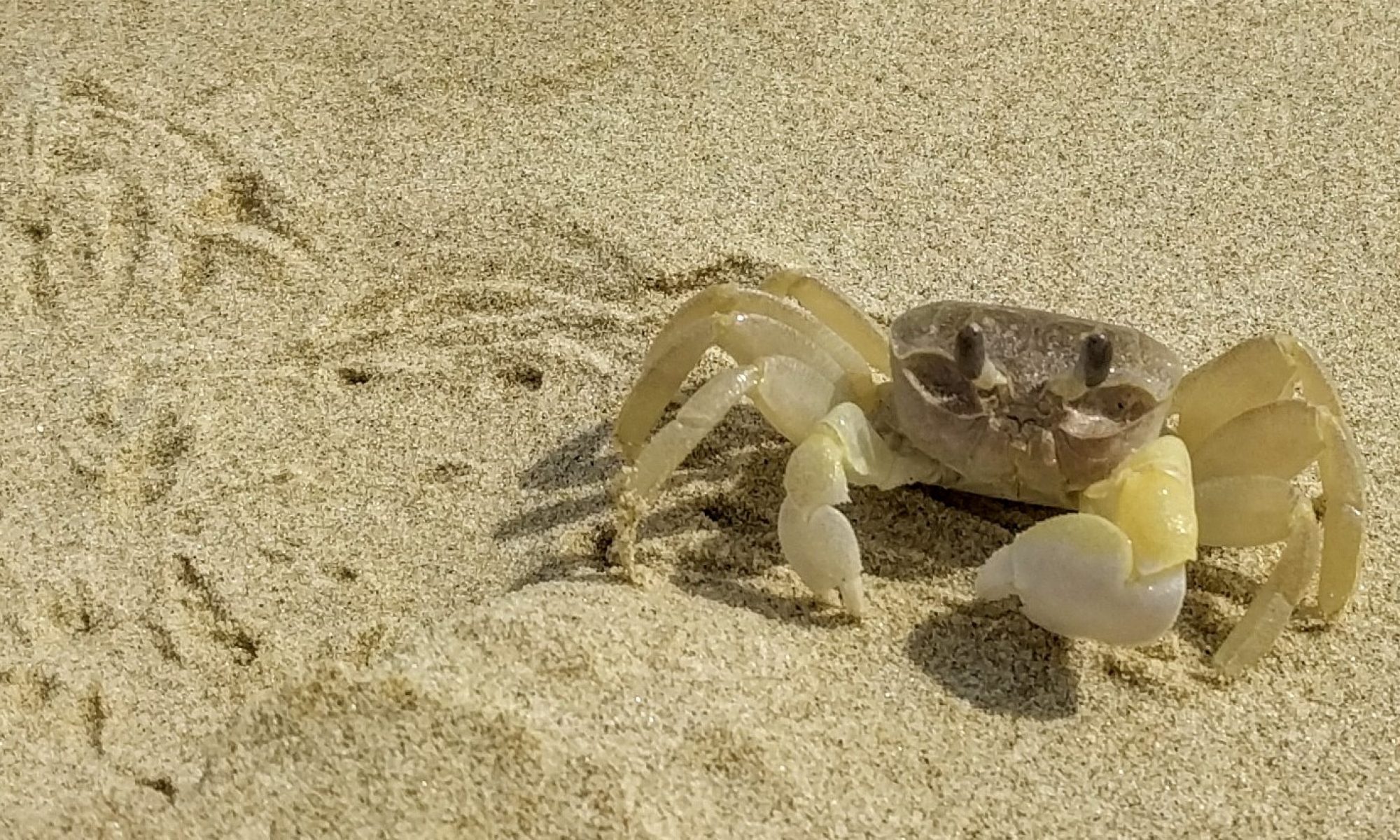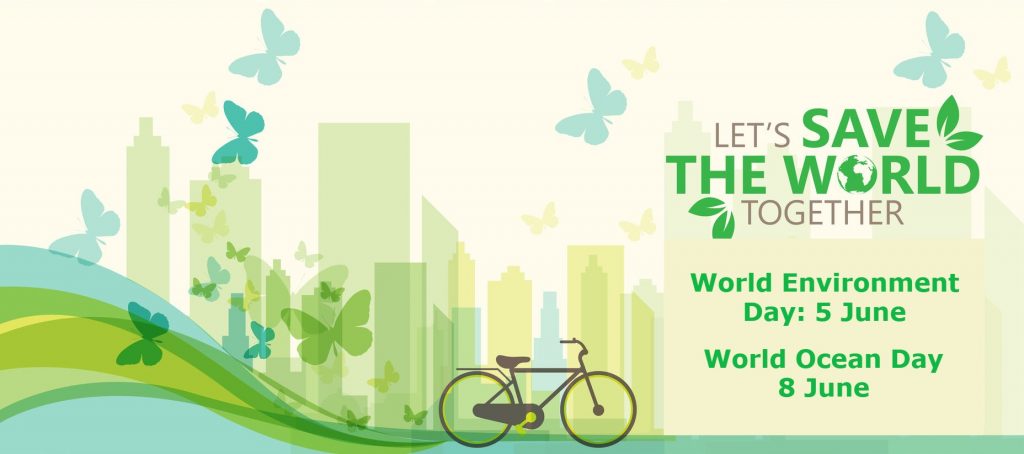The more we learn about oceans and the marine environment, the more we can do to understand these link and protect the incredible diversity of species and habitats.
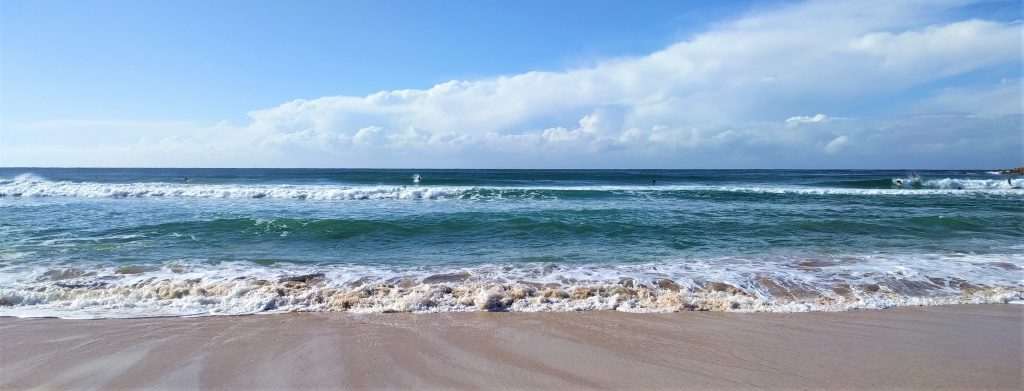
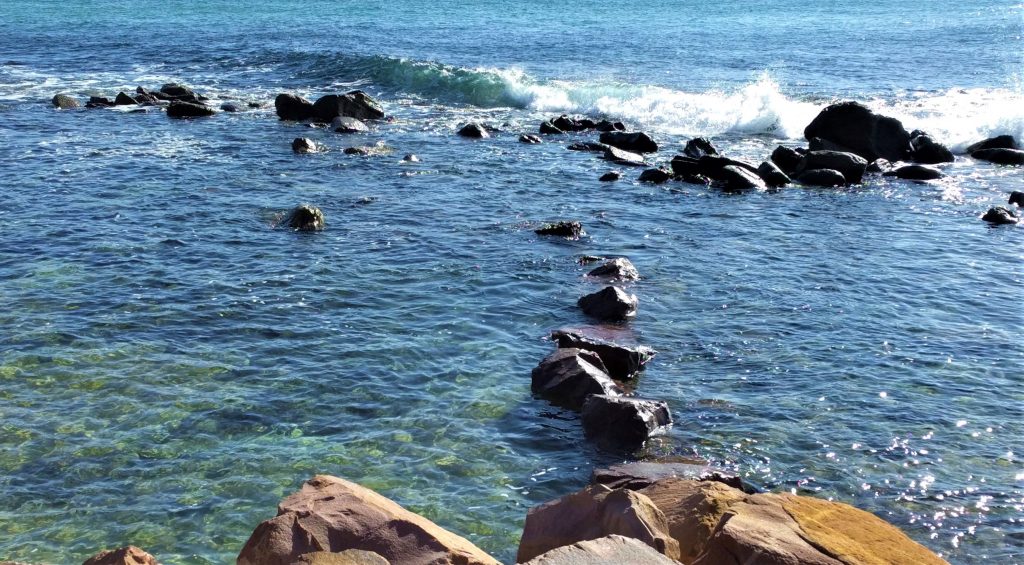
Education Resources
Oceans contain the greatest diversity of life on Earth. Habitats range from the freezing polar regions to the warm waters of the coral reefs, deep sea hydrothermal vents to shallow seagrass beds and beautiful sponge gardens to giant kelp forests, marine organisms are found everywhere.
Diving Stories
Marine resources
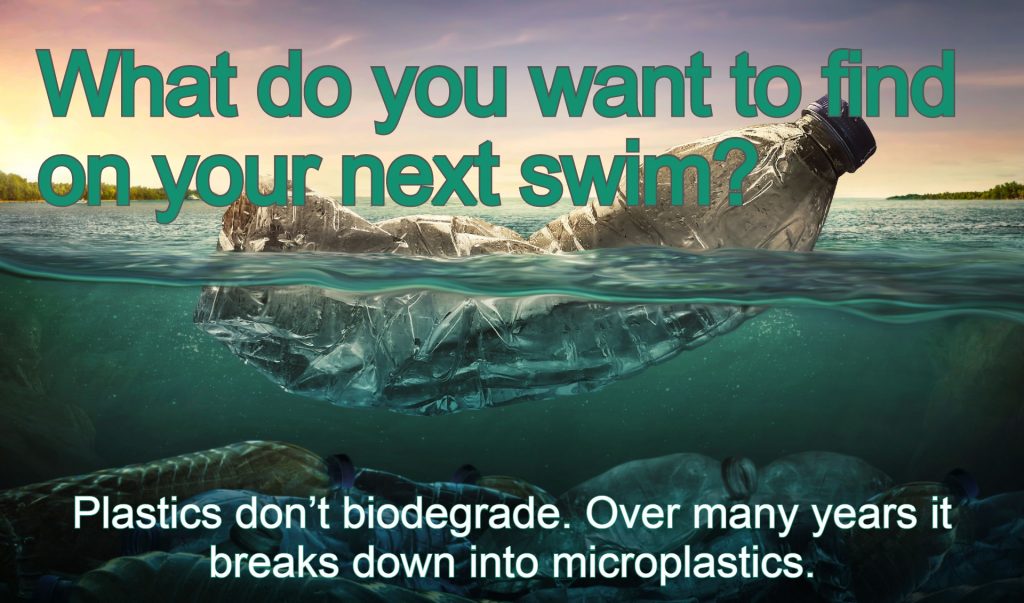
Caring for our Oceans
Australia is home to the over 10,000 beaches and no part of Australia is more than 1,000km from the ocean. Our coasts are impacted by our actions on land. Rubbish and microplastics can be found washed up on almost every Australian beach.
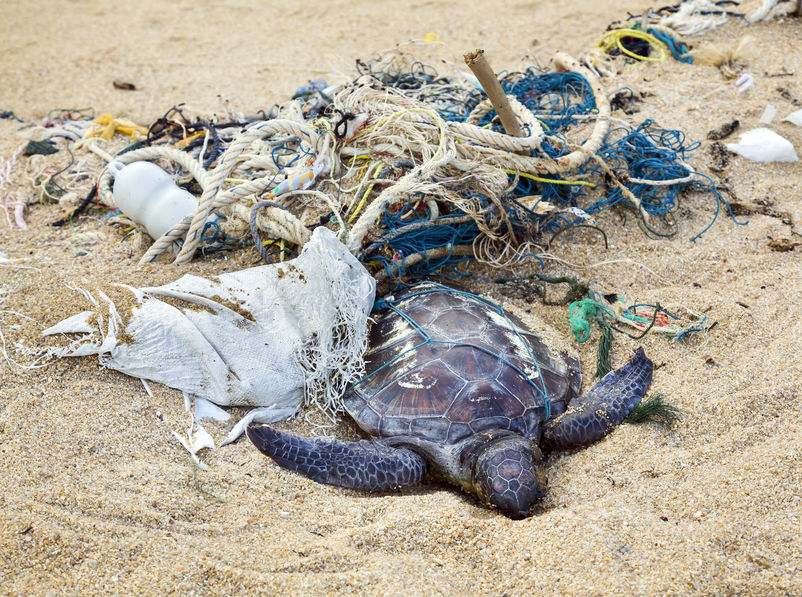
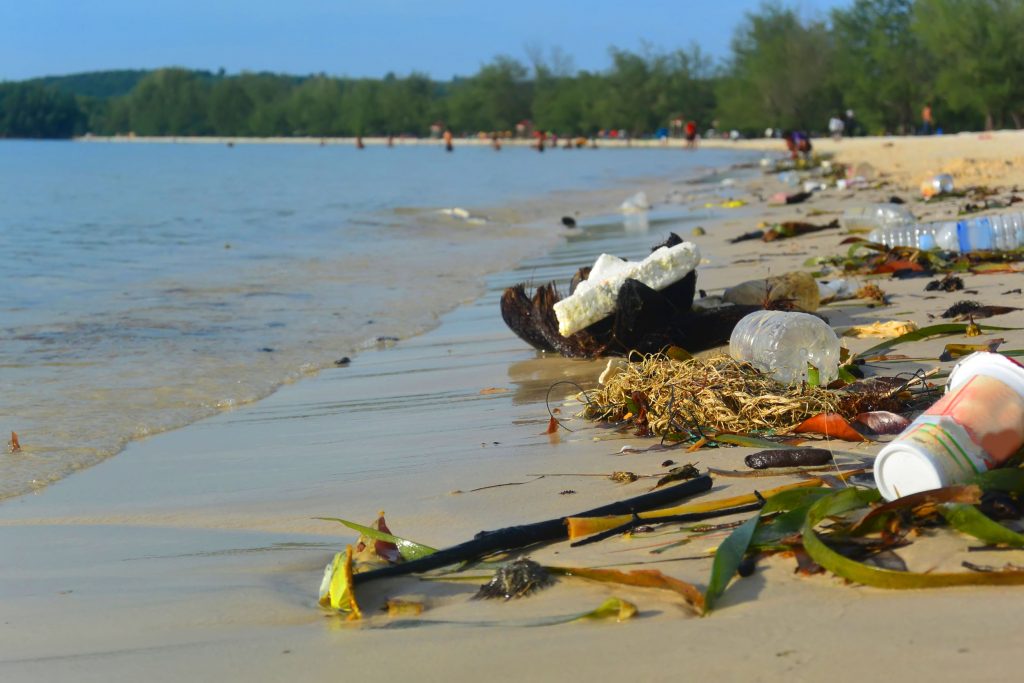
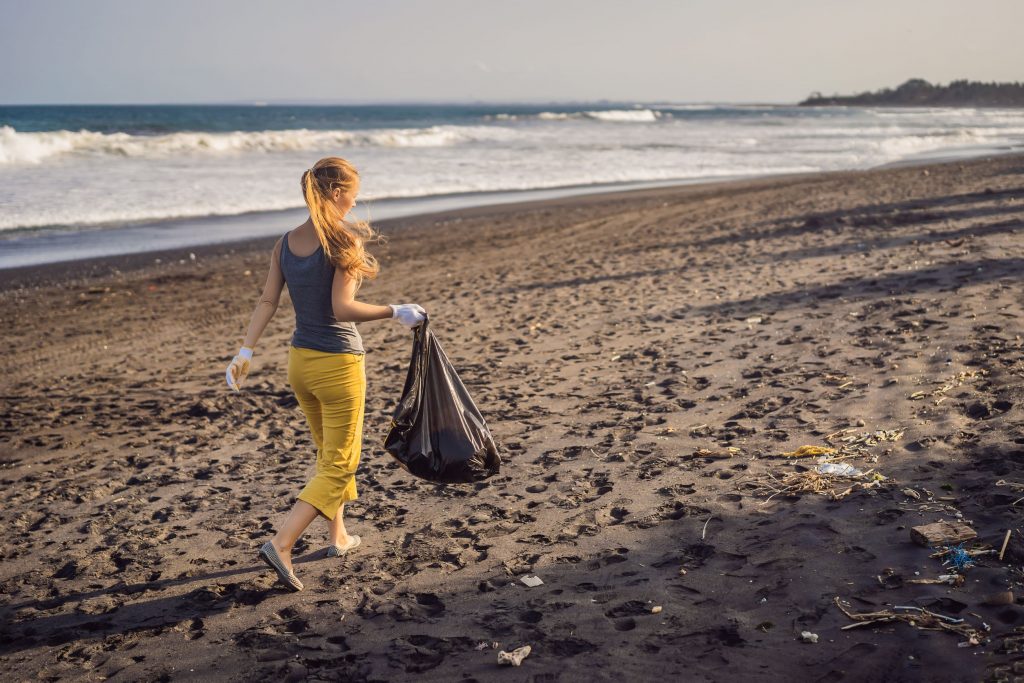
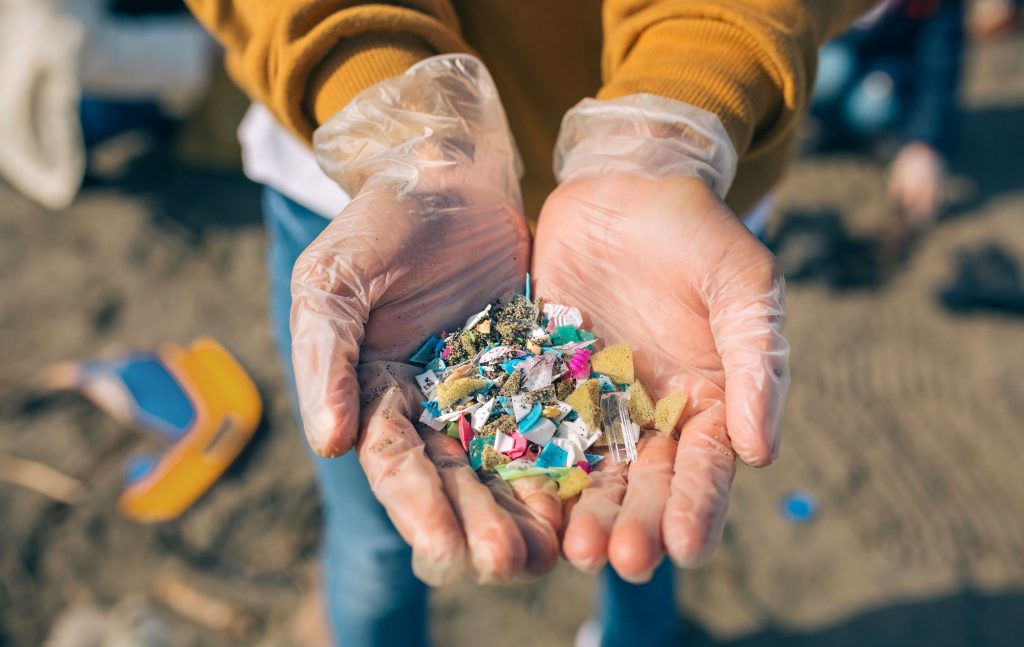
Pollution and rubbish get washed into our rivers and waterways with stormwater runoff and end up on our coasts and oceans. Over 75% of this rubbish is plastic. Plastics in the environment can take hundreds of years to break down, thereby impacting marine species for generations.
I created the Caring for our Oceans activities for the Landcare Learning Centre. These are great activities to do with your students.
Remember everything we do on land has impacts on the marine environment. Follow the journey of water down the river through the catchment to the sea with the Story of a River.

